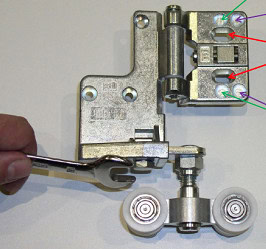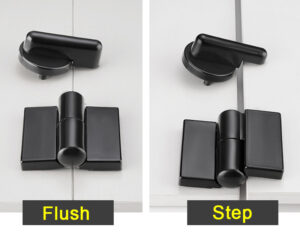The humble hinge: a small but crucial component in our daily lives. Hinges ensure that doors, cupboards, and myriad other objects operate smoothly. Without them, our functional environment would look drastically different. There are several types of hinges, each with its unique uses and advantages. This blog post aims to delve into 11 of those varieties, enhancing your understanding and helping you make informed choices in your future projects.
Butt Hinges
Possibly the most common type of hinge, the butt hinge, is found in almost every home or office. It gets its peculiar name from the way its two leaf plates ‘butt’ against each other around a central pin. Frequently used for doors and cabinets, they provide strong support and a clean look when installed correctly. Butt hinges are usually made of brass or stainless steel to resist corrosion and come in various sizes, depending upon the application.
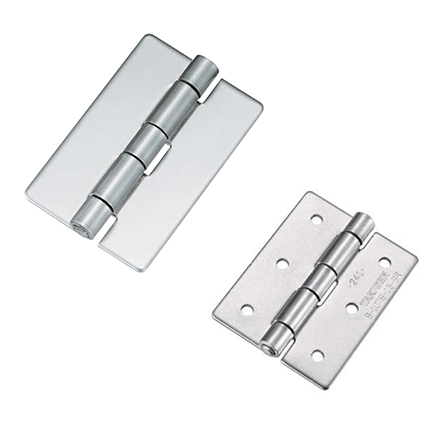
Piano Hinges
Also known as continuous hinges, piano hinges run the entire length of the door or panel they’re attached to, providing uniform support. As the name suggests, they are commonly used for piano lids but also find uses in cabinets, toolboxes, and other large panels. Piano hinges ensure even distribution of weight and reduce the strain on the hinge, making them an excellent choice for heavy-duty applications.
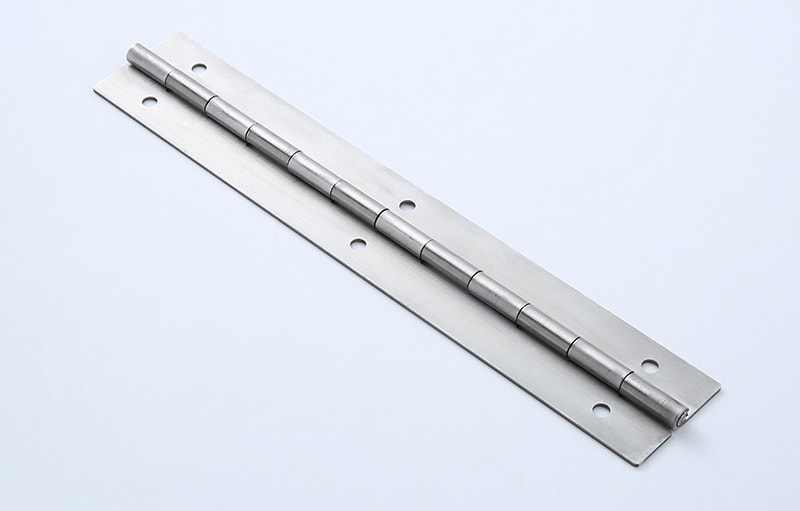
European or Concealed Hinges
European hinges, commonly known as concealed hinges, are often used in cabinets for their aesthetically pleasing ‘hidden’ look when the cabinet is closed. This hinge type offers flexibility with depth and side adjustments, even after installation. They are an ideal choice for modern cabinetry that requires a sleek, seamless appearance.
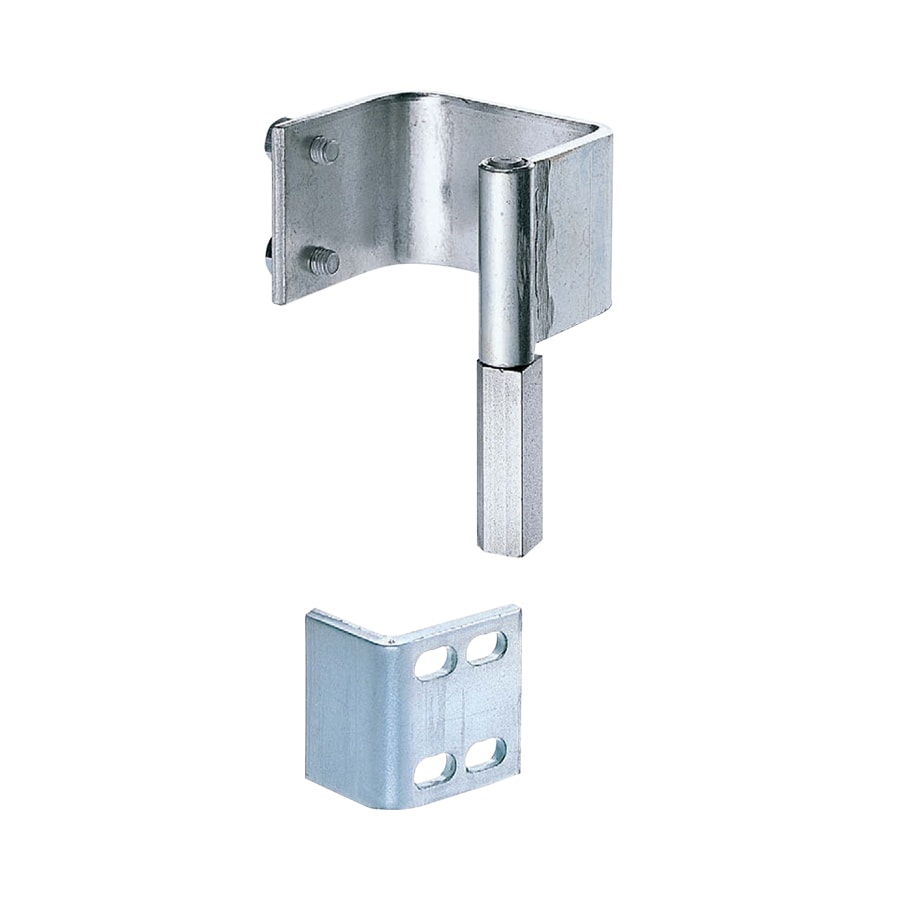
Barrel Hinges
Barrel hinges are compact cylindrical hinges commonly used for gates and small cabinets. When correctly installed, only the pivot point of the barrel is visible. These hinges are popular for their minimalistic appearance and straightforward installation process.
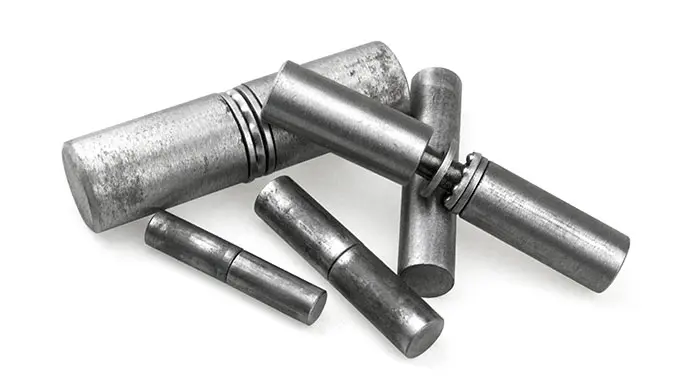
Pivot Hinges
Pivot hinges are installed at the top and bottom of a door, allowing it to swing in both directions. Often used in restaurant kitchen doors or commercial buildings, pivot hinges offer a broader range of movement compared to regular hinges.
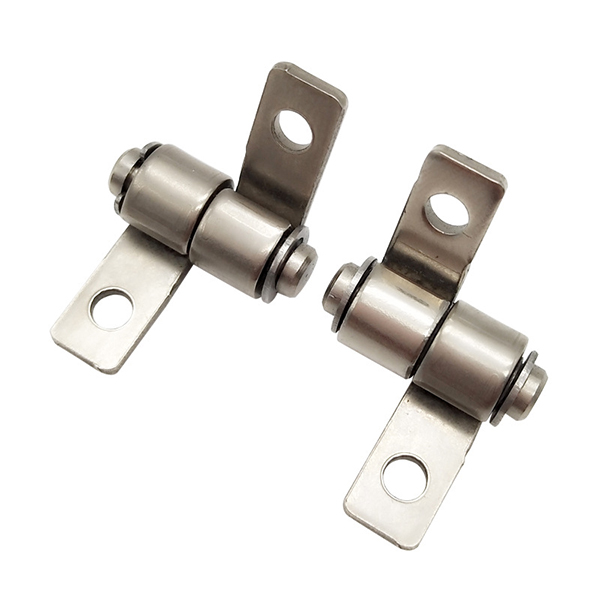
Case Hinges
Also known as luggage or suitcase hinges, case hinges are perfect for objects that need to open 180 degrees. As the name suggests, they’re often used on cases or suitcases. The central pin of the hinge is often slightly offset, allowing the case to lay flat when opened completely.
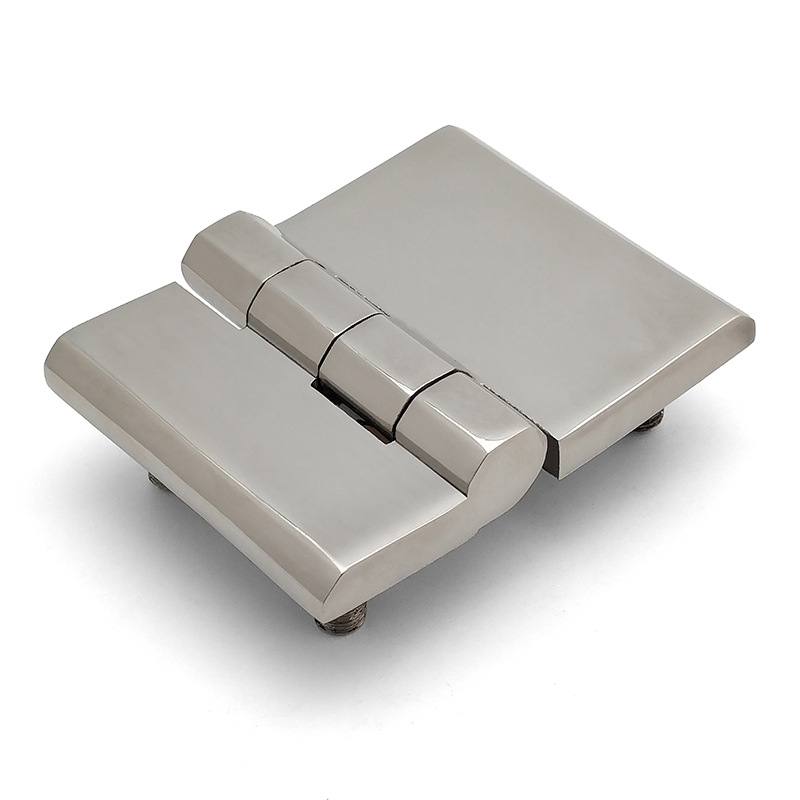
Butterfly Hinges
Butterfly hinges are decorative hinges used primarily for light-duty applications such as small cabinets and decorative boxes. Named for their unique shape, butterfly hinges can add a whimsical, antique touch to your furniture.
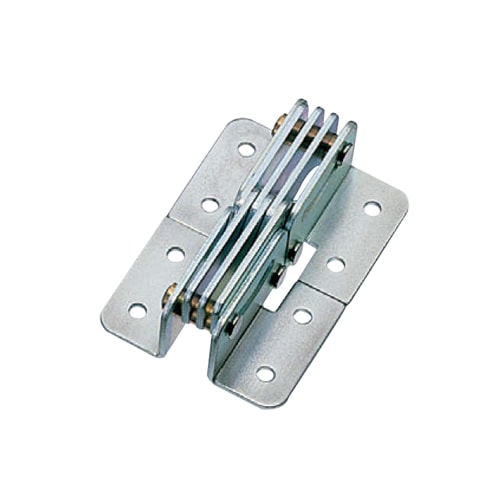
Flush Hinges
Flush hinges are a practical solution for lightweight doors and small cabinets. They are easier to install compared to butt hinges as they don’t require a recess to be cut. These hinges find their utility in projects where weight and size are significant considerations.
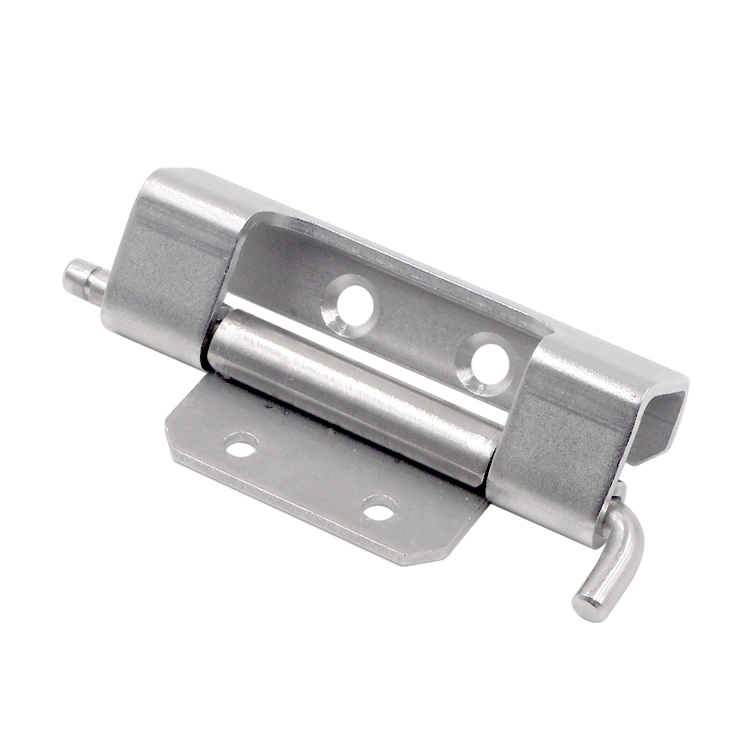
Strap Hinges
Strap hinges are distinguished by their long flaps or ‘straps.’ They are often used for heavy-duty applications like gates, barn doors, or chests. Strap hinges can be both functional and decorative, adding a rustic or vintage look to the design.
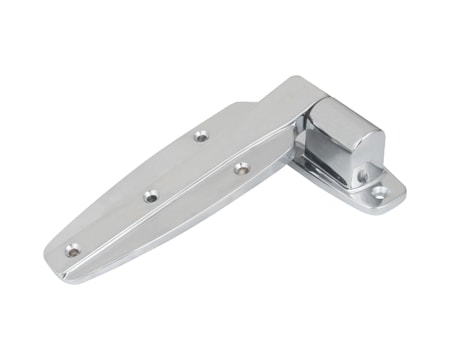
Friction Hinges
Friction hinges, or stay hinges, allow a door or lid to stay open at any angle instead of swinging freely. This unique feature makes them perfect for applications such as laptop screens or safety lids on toy chests, where control over movement is vital.
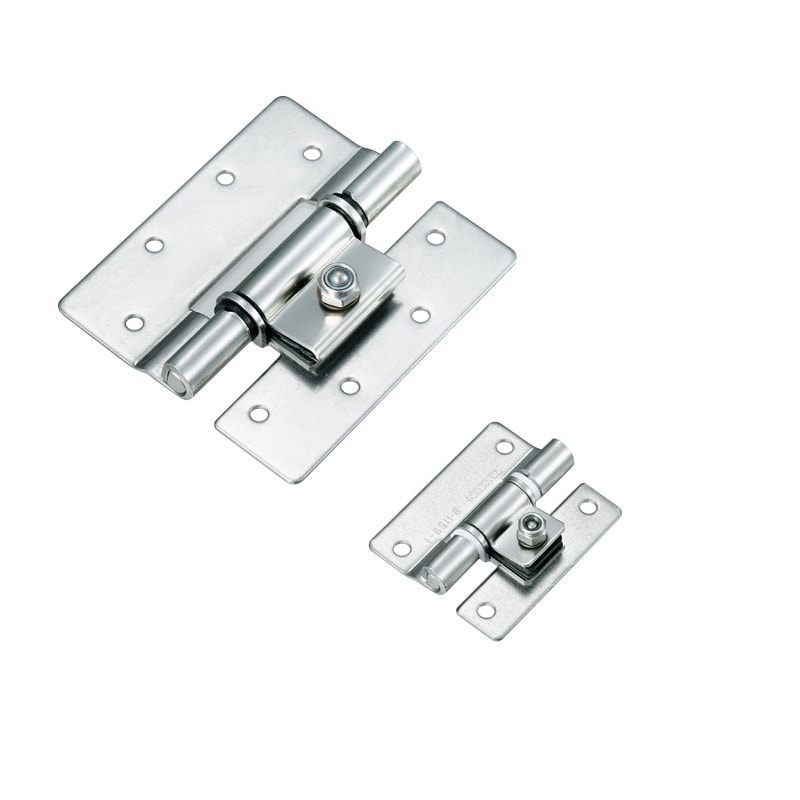
Ball Bearing Hinges
Ball bearing hinges are primarily used for heavy doors as they reduce friction, providing a smoother door swing. They have small bearings in between the knuckles that make the movement of the hinge plates against each other much easier.
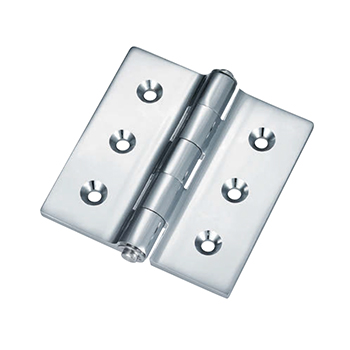
Conclusion
In conclusion, hinges play a critical role in our daily life, often unnoticed. They range from the ubiquitous butt hinge to the specific application of friction hinges. Understanding the types of hinges and their applications can help you make informed decisions on your DIY projects or even appreciate the hidden mechanics in your surroundings. So, the next time you swing a door or open a lid, take a moment to appreciate the humble hinge!
You might also be interested:

